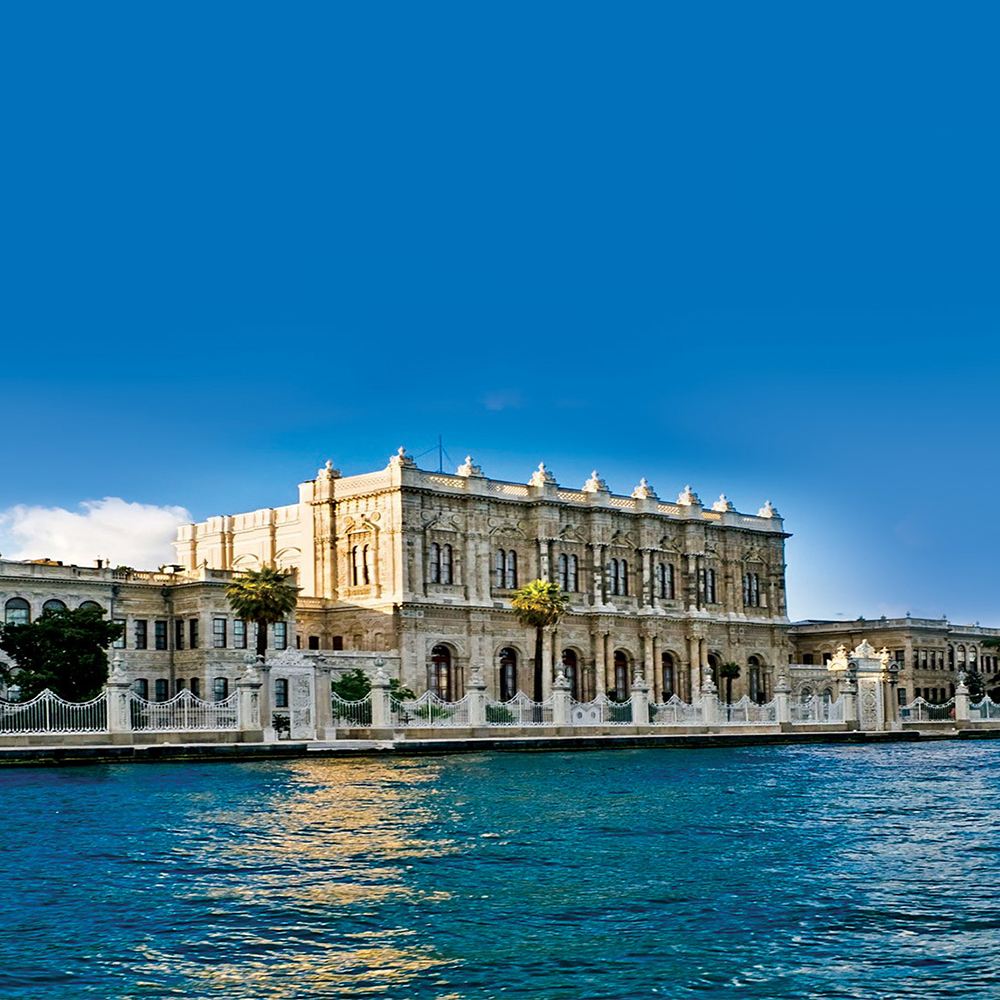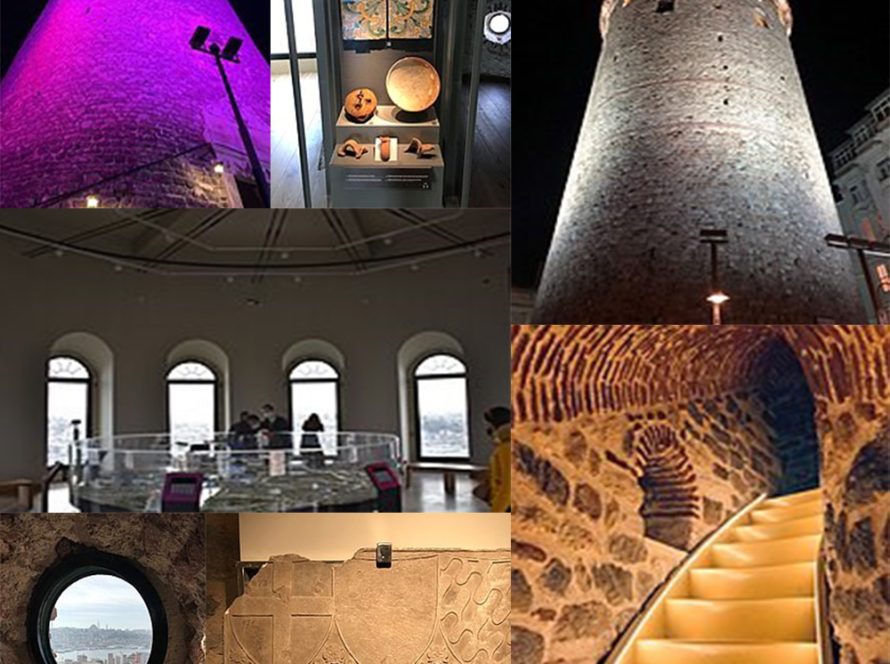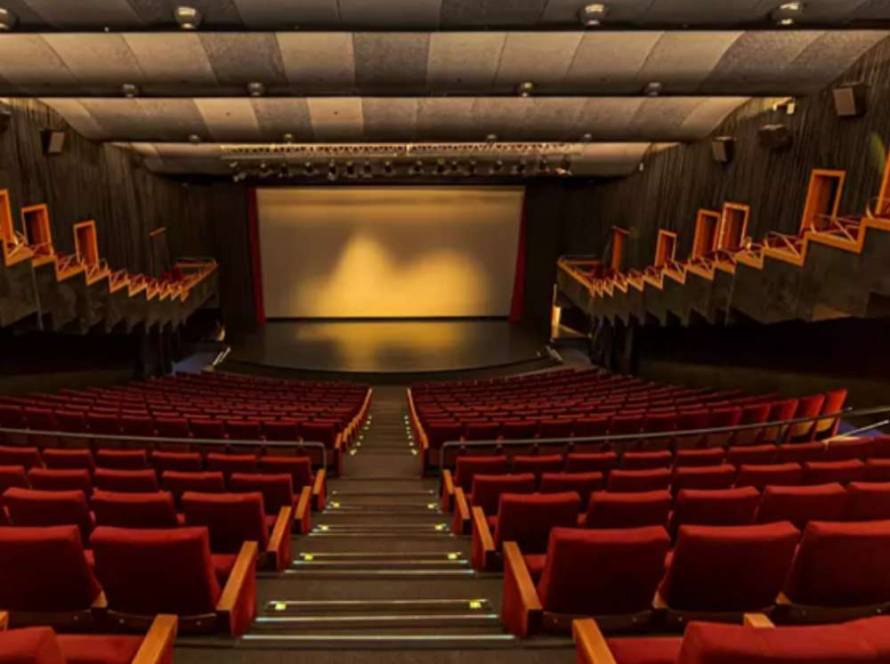The story of Dolmabahçe Palace
History of Dolmabahçe Palace
Until four centuries ago, the area where Dolmabahçe Palace stands today was a large bay on Bosphorus where the Ottoman Captain-General anchored the ships. This bay, where traditional maritime ceremonies were being held, became a marsh in time. In the 17th century, the bay was filled in and turned into a “hasbahçe -royal garden” (hadayik-hassâ) for the recreation and entertainment of the sultans. The collection of mansions and pavilions built in this garden in various periods was known as “Beşiktaş Sahil Sarayı (Beşiktaş Coastal Palace)” for a long time.
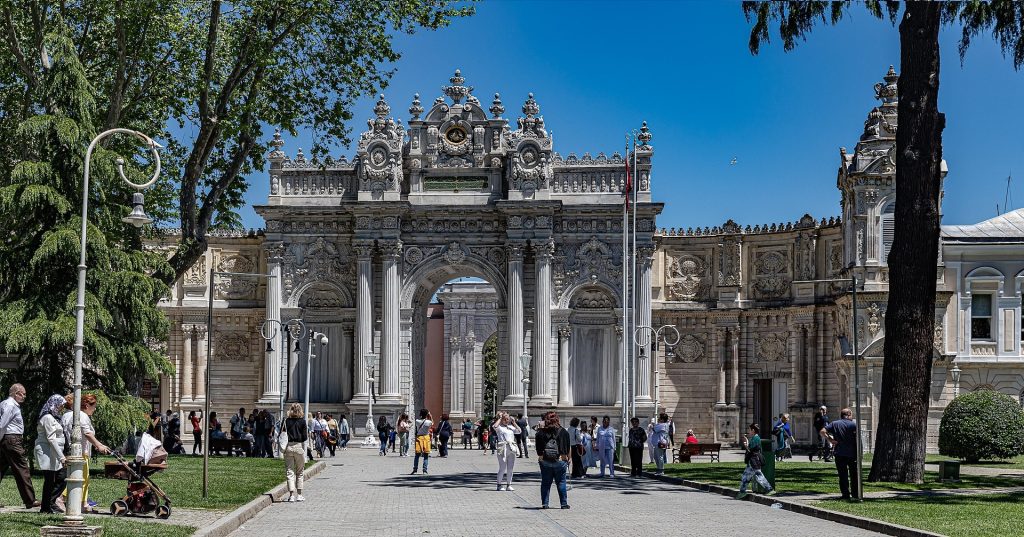
Sultan Abdülmecid ordered the construction of Dolmabahçe Palace and was the first sultan to use it
Western influences began to be seen in Turkish architecture towards the second half of the 18th century and the ornamentation style called “Turkish Rococo” began to show itself in the neobaroque style mansions, pavilions and fountains built under Western influence. Sultan Selim III was the sultan who had the first Western-style buildings constructed on Bosphorus. He had built a pavilion in Beşiktaş Palace by the architect Antoine Ignace Melling and had other buildings he deemed necessary expanded. Sultan Mahmut II had two large palaces built in Western style in Beylerbeyi and Çırağan gardens, in addition to Topkapı Sahilsaray. In those times, New Palace (Topkapı Palace) was considered abandoned, although not physically. The palace in Beylerbeyi, the marble-columned one Çırağan in Ortaköy, the old Beşiktaş Palace and the pavilions in Dolmabahçe were Mahmut II’s residences that were used according to the seasons. Sultan Abdülmecid, like his father, did not pay much attention to “New Palace”, he only stayed there for a few months in winter. Almost all of his children, more than forty in number, were born in Bosphorus palaces.
Dolmabahçe Palace is remembered by many of us as the place where Mustafa Kemal Atatürk, the founder of our Republic, passed away. Atatürk lived here between the years of 1927-1938. Atatürk, who held many important meetings and interviews in Dolmabahçe Palace, frequently hosted foreign statesmen and foreign delegations in the Palace. The rooms used by Atatürk in Dolmabahçe Palace are open to visitors today.
What is there to see in Dolmabahçe Palace?

A building with 285 rooms and 44 halls, there are many artifacts reflecting the rich history of Ottoman Empire in Dolmabahçe Palace.
One of the sections in Dolmabahçe Palace is Muayede Hall (Ceremonial Hall). The hall, which attracts attention with its colorful dome, majestic columns and pen work (designs and patterns including calligraphy, motifs, geometric shapes, and arabesques), was the hall where Ottoman sultans were crowned, where festive ceremonies took place and where foreign statesmen were often hosted. Harem Section (women’s quarters), which belonged to the Sultan’s family and servants, may also attract your attention. Another must-visit part of Dolmabahçe Palace, Selamlık Dairesi is known to have been an important center where state affairs were handled during the late period of Ottoman Empire. Selamlık Dairesi is still one of the tourist attractions of Dolmabahçe Palace today.
The most prominent ones in the other sections are the Baths and Gardens, whose lighting, decorations, columns and gates constitute their most important details.
Important notes about Dolmabahçe Palace
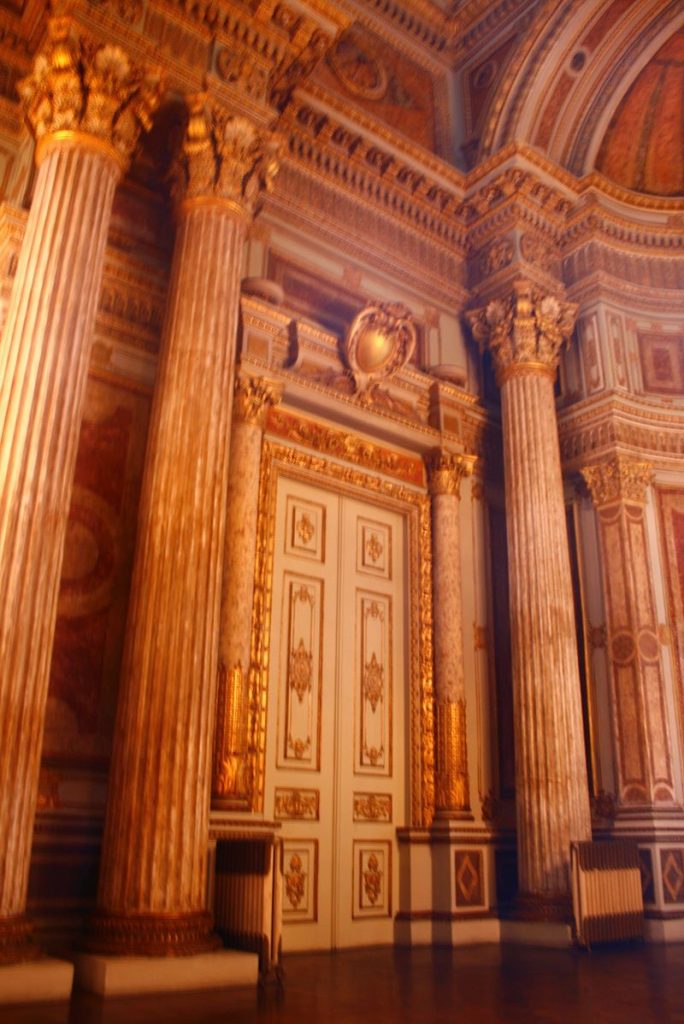 The palace can be visited every day between 09.00-17.30 except Mondays.
The palace can be visited every day between 09.00-17.30 except Mondays.
Where is Dolmabahçe Palace?
Dolmabahçe Palace is located in Beşiktaş district on the European side of Istanbul, facing Üsküdar and Kuzguncuk on the other side.
Is MuseumCard accepted at Dolmabahçe Palace?
With Müzekart, you can visit Dolmabahçe Palace for free, except for Selamlık Section.
Source, Wikipedia


